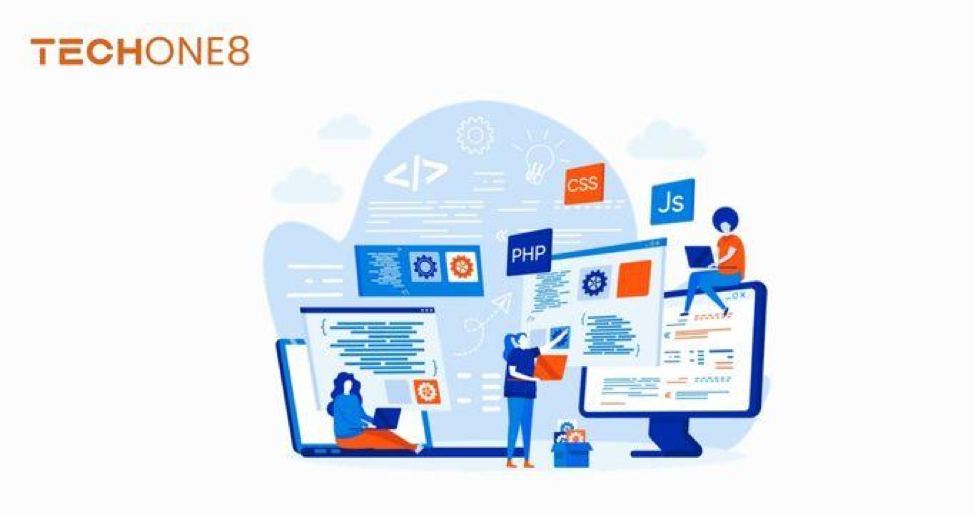Heating, ventilation, and cooling systems (HVAC) are essential components of modern buildings. They not only provide comfort to occupants but also help maintain a healthy indoor environment through air circulation and temperature control. However, these systems can be inefficient in terms of energy consumption if not properly optimized. This is where machine learning algorithms come into play.
By leveraging the power of AI, HVAC performance can be improved while simultaneously reducing energy costs. In this article, we will explore the different types of machine learning algorithms available for optimizing HVAC systems and some real-world examples of successful implementations that demonstrate their potential benefits.

With this understanding in hand, readers will gain an appreciation for how artificial intelligence can transform HVAC optimization processes and achieve improved performance and efficiency in buildings around the world.
Contents
Types of Machine Learning Algorithms Used to Optimize HVAC Systems
There are three most commonly used machine learning algorithms for HVAC optimization: supervised learning, unsupervised learning, and reinforcement learning. Let’s take a closer look at each type below:
Supervised Learning
Supervised learning is a method of machine learning where data sets are labeled and the AI system is trained to look for specific patterns. This allows it to accurately predict future behaviors and optimize HVAC performance accordingly.
Unsupervised Learning
Unsupervised learning does not require labeled datasets, as it focuses on uncovering hidden patterns in data. This type of algorithm is typically used to detect anomalies and identify trends in HVAC performance that can be used for optimization purposes.
Reinforcement Learning
With reinforcement learning, AI systems are trained through trial-and-error experiments so that they can adapt their behavior accordingly. This type of machine learning algorithm is particularly suitable for complex HVAC optimization tasks, as it can learn from its mistakes and improve its decision-making processes over time.
Real-World Examples of Successful Implementations
HVAC optimization using AI algorithms has been successfully implemented in a number of real-world scenarios. For example, the Chinese tech giant Tencent has developed data-driven algorithms to pinpoint energy-saving opportunities in air conditioning systems. Similarly, the US company Wells Fargo used AI to increase the efficiency of HVAC heating and cooling processes.
These are just two examples that demonstrate the potential of machine learning algorithms for optimizing HVAC systems. Ultimately, AI can be used to make HVAC processes more efficient and cost-effective while also providing a higher level of comfort and air quality in modern buildings.
Common HVAC System Difficulties
HVAC systems today face a number of common challenges, such as air leakage, unpredictable weather conditions, and inefficient energy consumption. Air leakage is a particular problem that results in poor air flow and greater energy costs. This can be especially hard to diagnose using manual methods due to the complexity of the system and its components. Unpredictable weather conditions can also make it difficult to optimize HVAC systems, as the system must be able to adapt quickly in order to maintain comfortable temperatures. Finally, inefficient energy consumption can cause higher utility bills for businesses or homeowners.
The Benefits of Using Machine Learning Algorithms for Optimizing HVAC Performance
Fortunately, machine learning algorithms can help mitigate these challenges and optimize HVAC systems for improved performance and efficiency. AI algorithms are able to quickly detect and diagnose air leakage issues and identify energy-saving opportunities.
They can also be trained to predict unpredictable weather patterns and adjust the system accordingly, as well as automatically adjust thermostat settings for efficient energy usage.
Other benefits of using machine learning to optimize HVAC performance includes:
Improved Energy Efficiency
Machine learning algorithms enable HVAC systems to operate more efficiently, resulting in lower energy costs and reduced environmental impact. By analyzing data from the system’s sensors, AI can detect any issues that may be causing inefficient performance and make adjustments accordingly. For example, AI can identify when the outside temperature is much cooler than the inside, and adjust the HVAC settings accordingly.
Enhanced Comfort Levels
AI-driven HVAC optimization can also help improve comfort levels in buildings by making sure temperatures are ideally balanced according to user preferences. This is accomplished through sophisticated algorithms that detect any changes in a building’s temperature and adjust the HVAC settings accordingly.
Improved Maintenance
The use of machine learning algorithms for optimizing HVAC performance can also help reduce the need for regular maintenance. This is because AI can detect potential issues before they become serious problems. For example, AI may be able to identify a build-up of dust or dirt in the system’s filter before it starts to affect its performance.
Automated Control
Leveraging AI-driven HVAC optimization can result in more automated control over temperature regulation. By monitoring data from sensors and making changes accordingly, AI algorithms can provide a higher degree of accuracy and precision than manual systems. This can help ensure that buildings are always kept at the optimum temperature for both energy efficiency and occupant comfort.
Final Thoughts
Machine learning algorithms have the potential to revolutionize HVAC optimization. With AI-driven solutions, modern buildings can become smarter and more efficient while making sure occupants are comfortable and safe. As such, it is clear that machine learning algorithms will play an increasingly important role in the future of HVAC optimization. With the right implementation strategy, businesses can get the most out of their HVAC investments and realize significant long-term savings.



